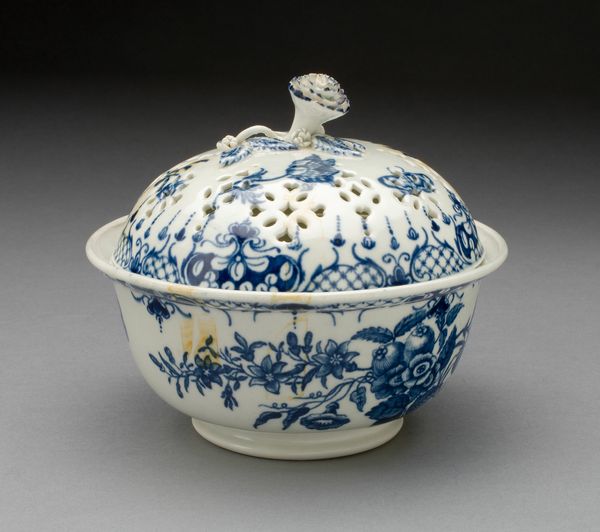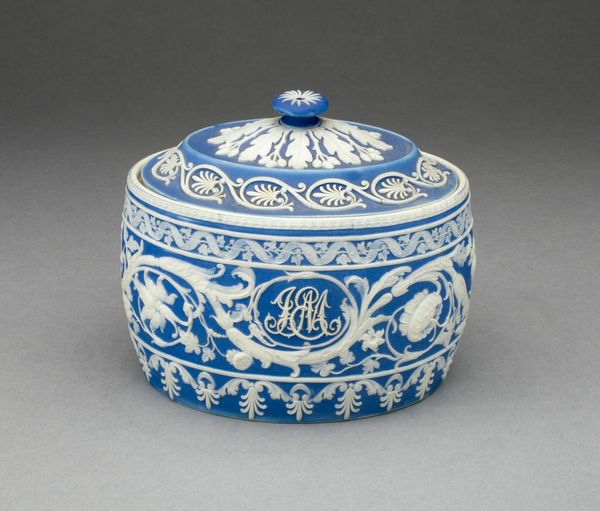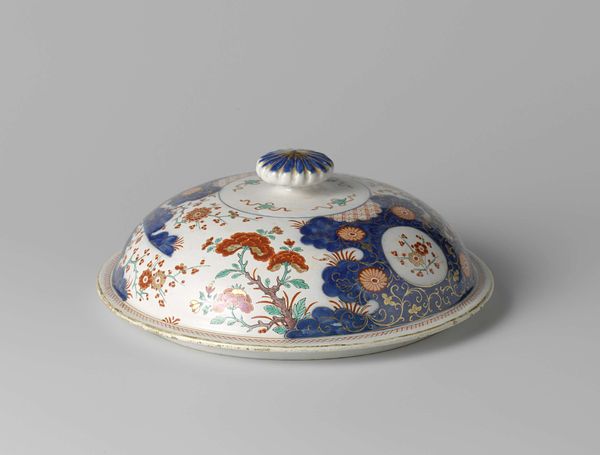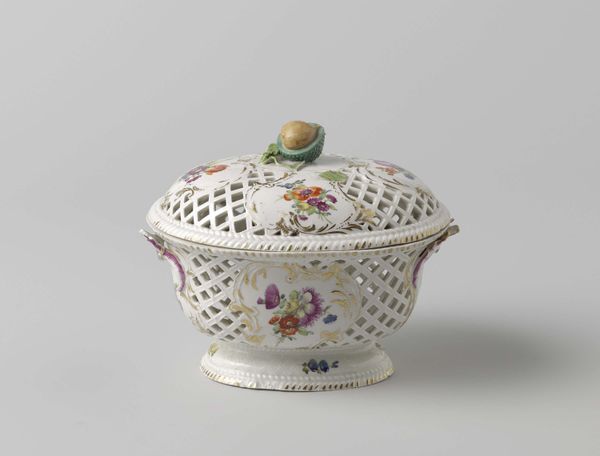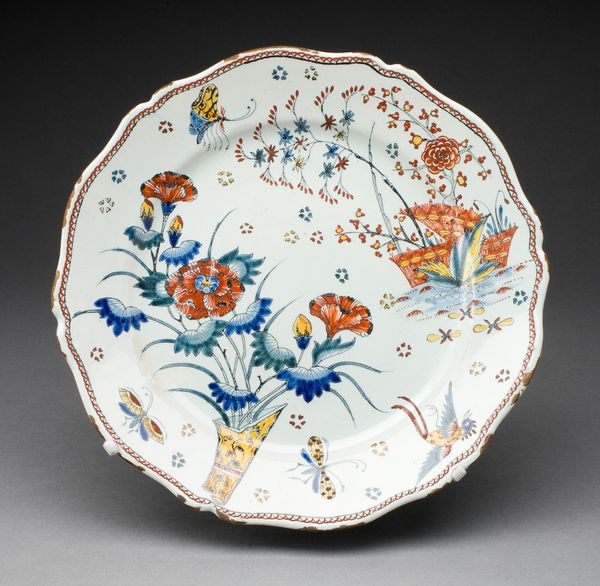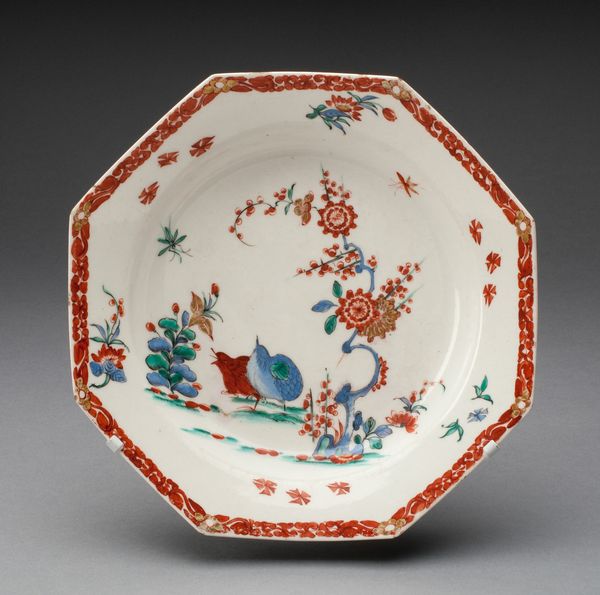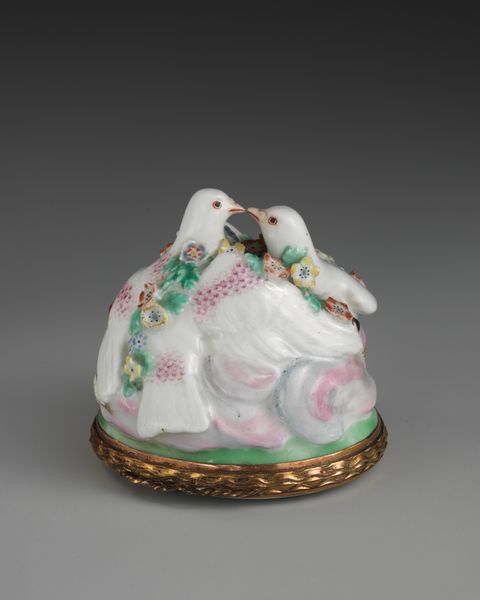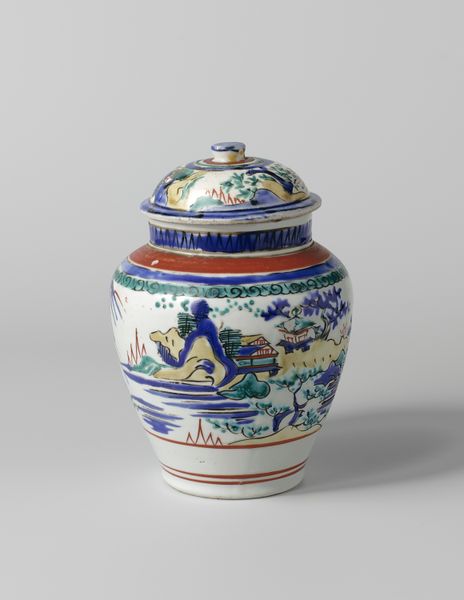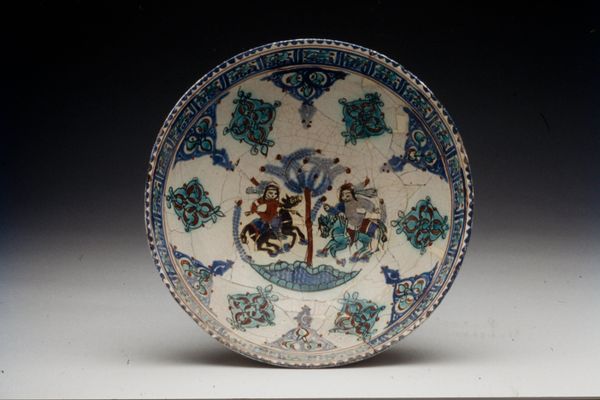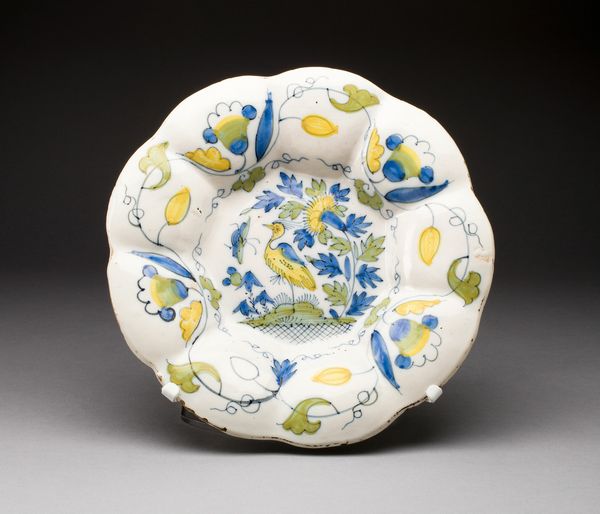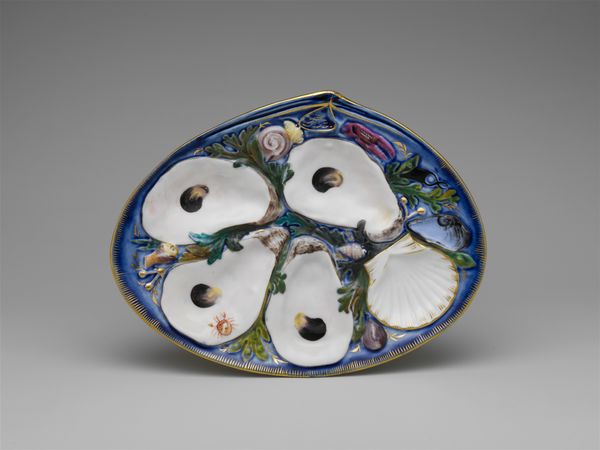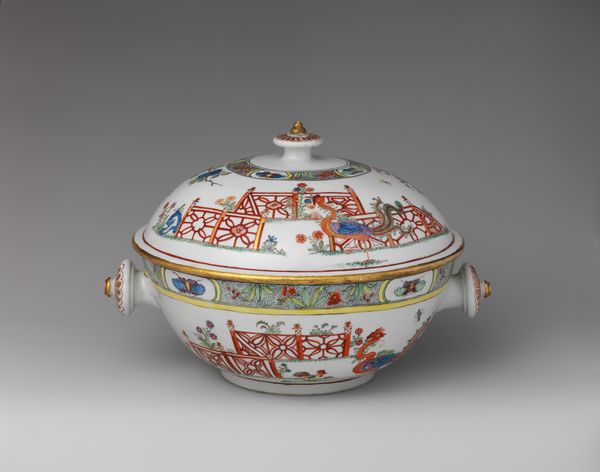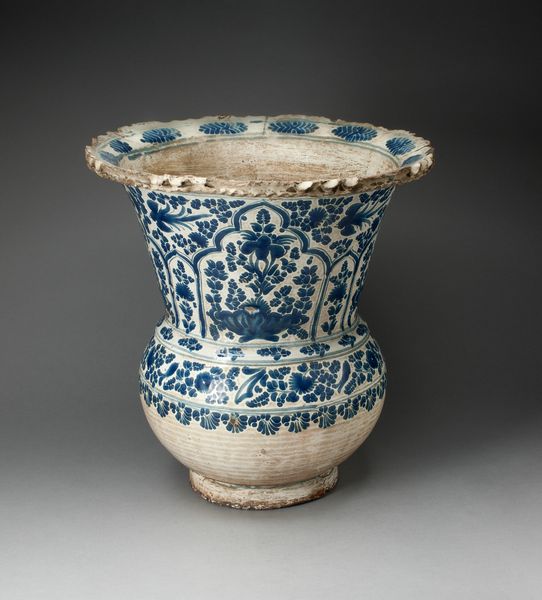
ceramic, sculpture
#
portrait
#
ceramic
#
figuration
#
sculpture
#
musical-instrument
#
rococo
Dimensions: H. 1311 cm (5 3/16 in.) x Diam. 7 cm (2 3/4 in.), Wt. 100 g
Copyright: Public Domain
Editor: We're looking at a ceramic handbell, crafted between 1750 and 1790, currently held at the Metropolitan Museum of Art. The figure of a woman atop the bell seems almost delicate. How do we interpret a piece like this today, beyond its surface aesthetics? Curator: This seemingly innocuous handbell opens a portal to examining the lives of women during the Rococo era. What societal expectations were imposed on women during this time? Did they wield power in more nuanced ways? Editor: It feels...almost like a contradiction. The bell signifies sound and perhaps communication, yet the woman herself is rendered silent and small atop it. Curator: Exactly. The very act of depicting her in ceramic elevates her image but simultaneously confines her to the domestic sphere. This ceramic handbell can be seen as a microcosm of 18th-century societal contradictions, where women were both celebrated for their beauty and charm and confined by rigid social structures. Were these bells tools used by women within the domestic setting to manage labour, for example? How does thinking of this object as a form of surveillance change your reading of the object? Editor: That's fascinating. So, we can see the object not just as decorative but as potentially illustrative of the limited agency afforded to women of the time. And how the ‘decorative’ arts became, perhaps, a means to express something of their position in culture. Curator: Precisely. It invites us to question who controlled the narrative then, and who gets to control the narrative now when we examine similar contemporary structures. What purpose does this object have in a museum collection today, displayed without social or historical context? Editor: I hadn’t thought about it that way before. It really pushes me to consider art's role in reinforcing and perhaps also challenging the status quo. Curator: Indeed. The artwork becomes a catalyst for examining power structures across different periods. What have we both learned from it? Editor: I've come to appreciate that even the most ornamental object can hold layers of social and political commentary. Curator: Absolutely, and that dialogue between past and present is essential to critical engagement with any work of art.
Comments
No comments
Be the first to comment and join the conversation on the ultimate creative platform.
